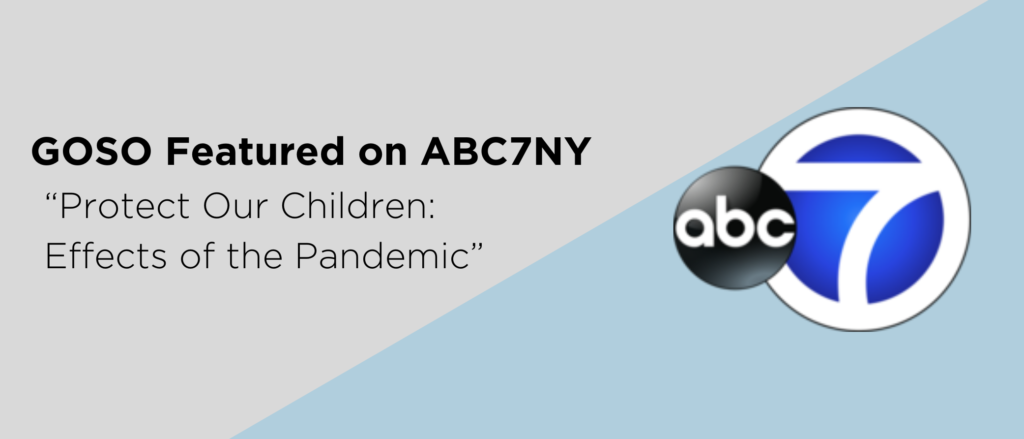

Then, the participants will answer related questions and discuss the contradictory details. The two members of each pair of participants will sit next to each other and each will not be aware that the other watched a different version of the same event.

In order to examine the memory conformity effect, we will use the MORI technique, which ensures high ecological validity. To this end, we will specifically analyze participants’ awareness of discrepancies between the details of an observed event and the misinformation presented by another witness. More precisely, we will apply a new research approach to further investigate the causes of memory conformity. Importantly, these relationships will be analyzed in interaction with awareness of discrepancy, which has not yet been examined in previous studies. In addition, we examine the relationship between susceptibility to social influence, compliance, suggestibility and memory conformity.

The study has two goals: (1) to verify the existence of people with the memory conformity effect who are aware of discrepancy between original information and misinformation (2) to determine why they choose misinformation despite the correctness of their own memories. The paper presents the memory conformity effect phenomenon, which assumes that information about the same event that a witness acquires from another witness (misinformation) is incorporated into the first witness’ memory of the event (original information). Our results provide a new perspective about the role of social factors in the occurrence of false memories. Furthermore, adolescents endorsed more misinformation details than adults. We found that participants in the direct-without interaction group were more likely to report false memories compared to the direct-with interaction group. Lastly, all participants completed a memory test. The other half of the participants were given direct-without interaction misinformation, in which they listened to a narrative read aloud by the experimenter, without interacting. Following this, half of the participants were given direct-with interaction misinformation, in which misinformation was delivered by the experimenter and participants (co-witnesses) were able to interact before their memory was tested. Forty adolescents (14-15 year olds) and fifty-three adults (over 18) were instructed to watch a video. The current study examined the effects of different delivery modes of misinformation on false memory creation in adolescents and adults.


 0 kommentar(er)
0 kommentar(er)
